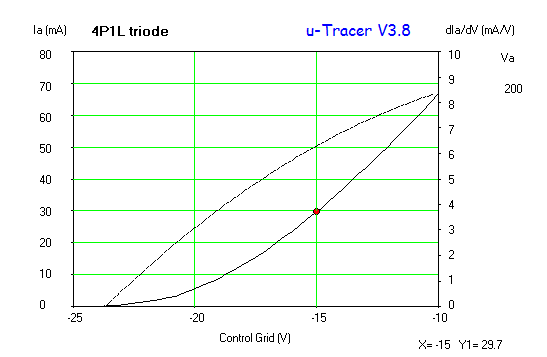 More power
More power
Our previous west meets east circuit can be improve further. In fact, a compromise made with the filament bias design is that coupling between driver (FET follower) and the output stage wasn’t DC. We want DC coupling to get best performance, to ensure we can drive well the output stage and provide sufficient grid current even when not operating in A2. This can be done with filament bias, however, since we are already introducing a negative supply, I’d prefer removing the filament bias and go for proper grid bias to get best performance of output stage in terms of maximum power and linearity.
The below circuit can be easily implemented with just few modifications from previous version:

What has changed here? Not much, the coupling cap C2 is now between the gyrator and the FET follower. The gate bias resistor R6 provides high impedance to the gyrator load to ensure maximum performance of the 01a driver (minimum distortion given size of load). Not as good as previous version, but good enough. The R6 is connected to a potentiometer which sets the bias voltage. The bias voltage is derived from V2, the -50V negative supply. You can see that this circuit will put more stress into the M1 FET as now there is an additional 25V of drop across it so power burned on this device increases.
The output of the follower is directly coupled (DC) to the output stage. The filament bias resistors are removed and we use the Coleman regulators directly on the filaments of the 4P1L.
This amplifier responds better to the grid current of the output stage once the output power goes over 3.5W. At 4.5W the distortion is just above 3% (3.2%) with a 3Vpp input signal. A tad more and you can get to the 5W and a bit more into A2 operation.







